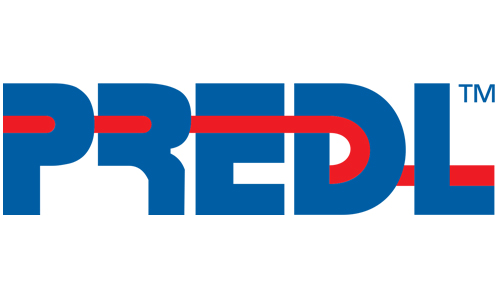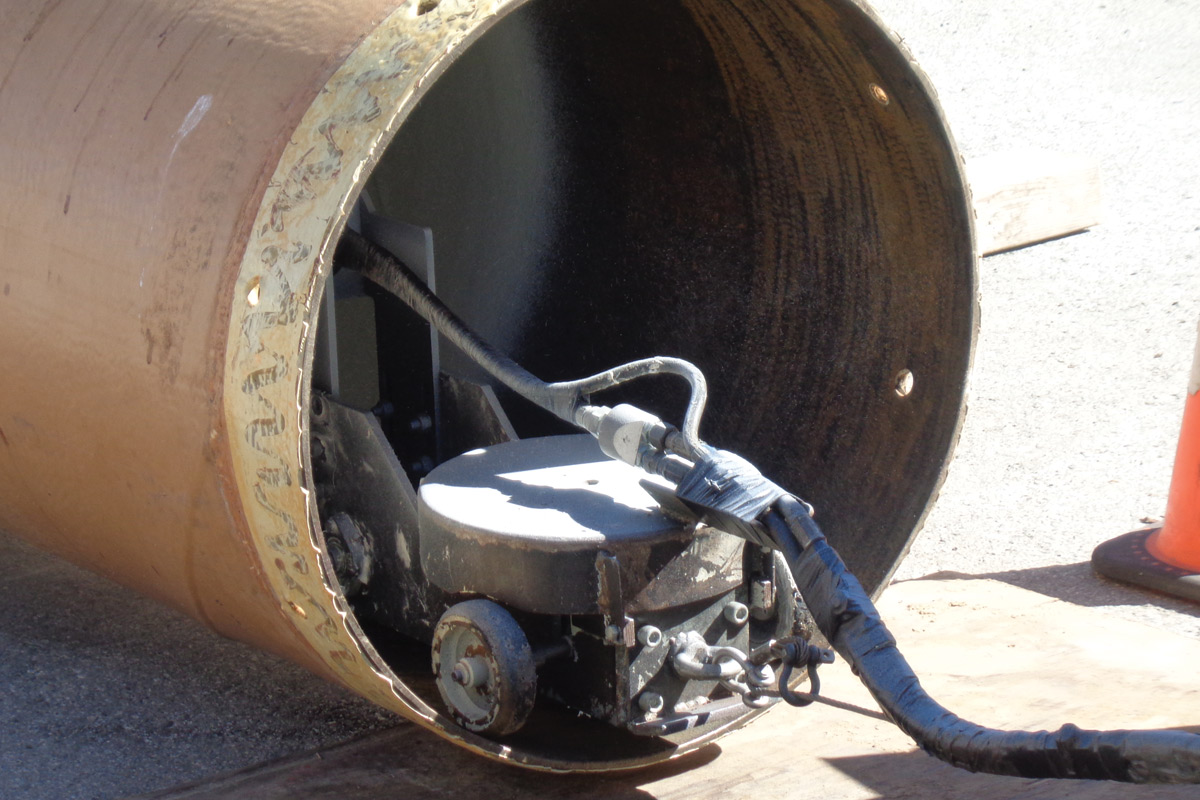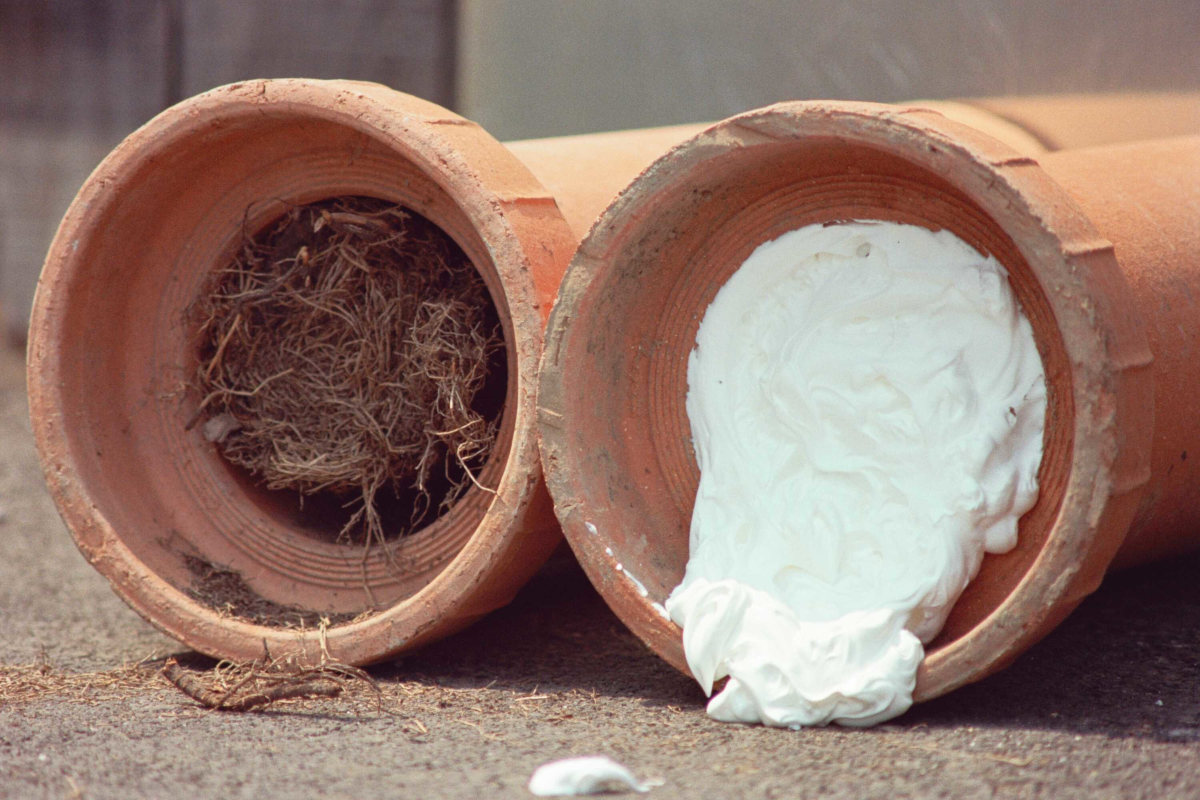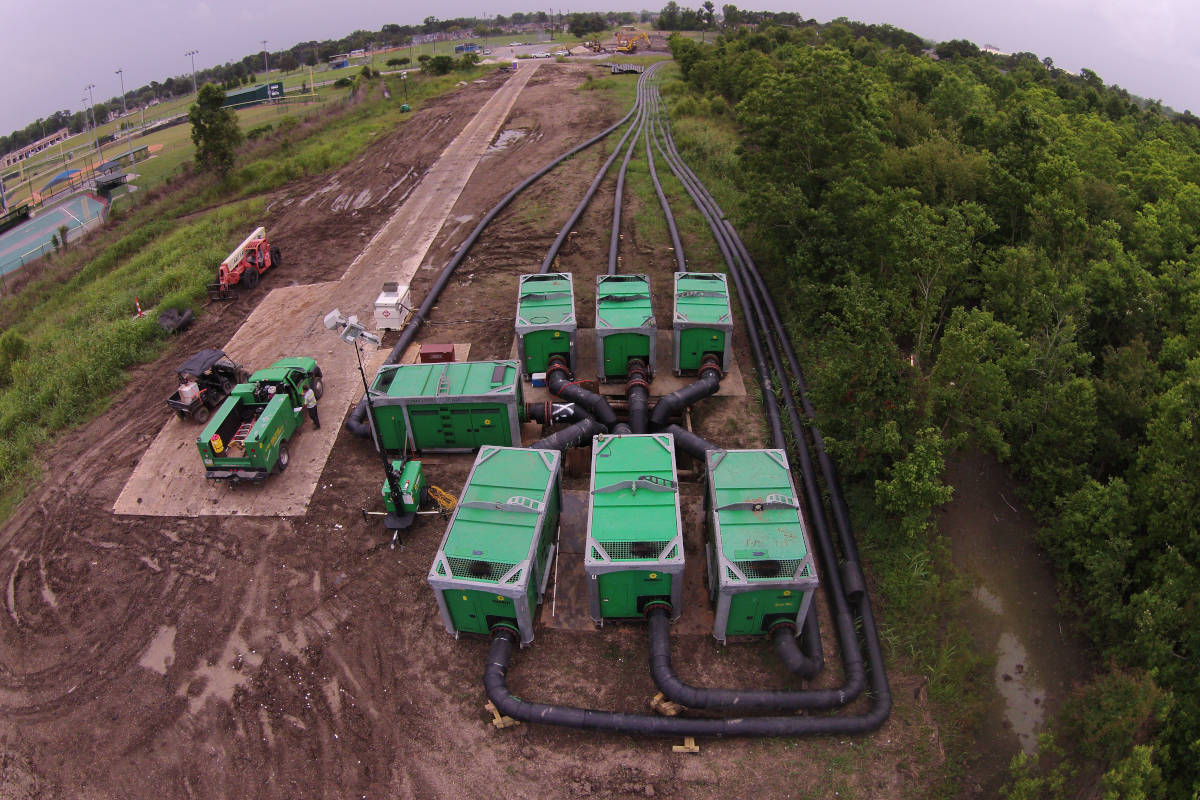
How to rehabilitate large wastewater structures in a trenchless manner
Options to successfully rehabilitate large wastewater structures in a way that was long-lasting have been fairly limited until recently. PREDL prides themselves on designing and engineering advanced corrosion resistant sanitary sewer solutions to both protect new structures and rehabilitate existing structures. Today we will answer the question-How to rehabilitate large wastewater structures in a trenchless manner with a system designed to resist corrosion and last well over 50 years.
Step 1. PREDL begins by obtaining a 3D Laser Scan of the existing structure which allows our engineers to prepare a detailed rehabilitation proposal, image of the existing structure and design of the rehabilitation FRP panels.
Step 2. PREDL manufactures the substructure and panels based upon the scan data. The panels are 15mm thick and comprise of 5 layers which are processed under a vacuum to ensure no future delamination. We only utilize ECR (corrosion resistant) glass in the manufacturing process. The posterior surface is sanded to create a superior mechanical bond with the backfill grout. The use of vinyl ester ensures that the panels can withstand temperatures upwards of 212 F and are resistant to corrosion, including biogenic sulfuric acid corrosion and deformation.
- Once panels are on site, the process of rehab begins with the installation of a sub structure.
- We then secure the panels, one row at a time, to the substructure and seal all seams. This is a 3 step process involving a polyurethane sealant, followed by a fiberglass reinforced putty and finally 3 layers of ECR glass and a corrosion resistant topcoat.
- The final step is to backfill with a highly flowable, high PSI, rapid setting grout. PREDL’s FLEXgrout is a great option for this as it flows like water, sets in 10 minutes, has a cured PSI of over 7200 and is corrosion resistant.
Once the trenchless rehabilitation is complete, you are left with a revitalized no maintenance large wastewater structure. If you are interested in learning more, please check out our recent webinar which takes a deep dive into PREDL’s FRP Panels here online on YouTube.




